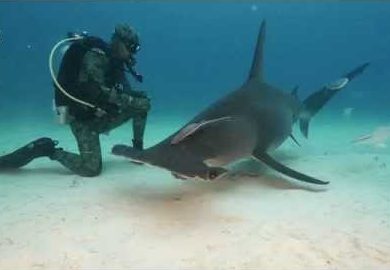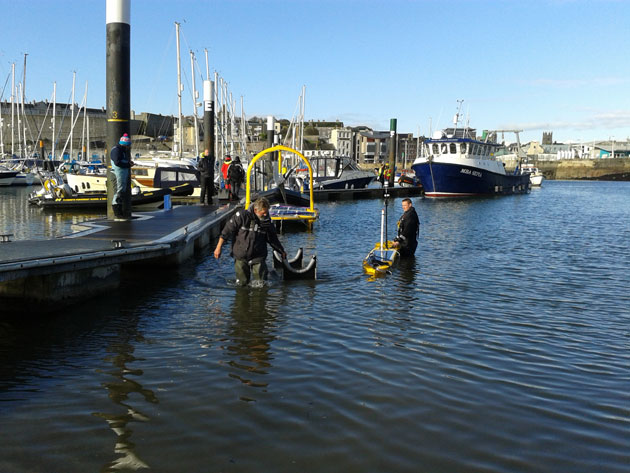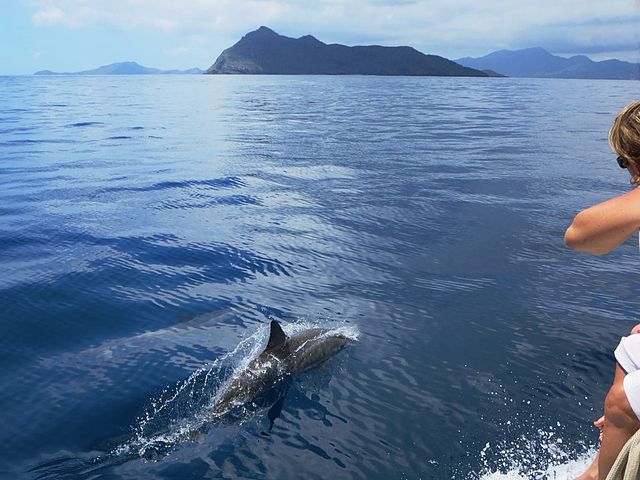The world's first drysuit based on the Faraday cage technology allows divers to get up close and personal to animals. Watch the video here.
The drysuit by HECS Aquatic and Ocean Dry is based on the Faraday cage and uses a carbon grid to reduce electric signals given off by humans, allowing wearers to get closer to marine life.
Ocean Dry, a family business from New Zealand, has made drysuits for 23 years and their customers include New Zealand Defence Force, Police Dive Squad and the Department of Conservation among others.
They set upon producing a drysuit using HECS technology after American bow hunter Mike Slinkard noticed that despite wearing camouflage and being motionless under water, marine life was still aware of his human presence.
Slinkard decided to try a new method to make suits and New Zealand fabric expert Warren Bird was contacted to create a wearable material incorporating HECS.

Dave Abbott, a filmmaker specialising in marine life, had used Ocean Dry’s wetsuits for years and was keen to try their new drysuit.
“I’ve tested the technology for a couple of years in wetsuits and it does work really well,” say Dave Abbott.
“It’s not just getting closer to certain species, it is being closer to them and they are less disturbed. The holy grail if you are a wildlife cameraman is natural behaviour. For certain species that are hard to get close to, I am finding I am able to get closer to them now,” adds the filmaker.
The HECS Stealthscreen drysuit was launched at last year’s DEMA in Las Vegas and is now available to buy.
For more information visit HECS Aquatic.
Video: Maiden voyage for the diving robot, OceanOne
Stanford University's humanoid diving robot has just finished its maiden dive off the coast of France, exploring a 17th century…
Marine robots launched to track fish populations at sea
Three drones were launched from Plymouth on Tuesday to track fish and gather data on oceans around UK
Eco-friendly sailing: enjoy your favourite sport and respect nature
As sailors and boaters, we have a responsibility to treat the environment with respect. Following these guidelines is good environmental…






